Search
Search Results

Definition
Hedeby
Hedeby (Old Norse: Heiðabýr; German: Haithabu) was an important stronghold in Viking Age Denmark from the 8th-11th centuries CE and, along with Birka in present-day Sweden, it was the most important Viking trading center in Europe. During...
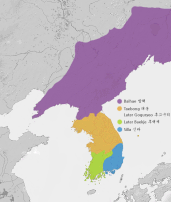
Definition
Later Three Kingdoms Period
The Later Three Kingdoms period (889-935 CE) of ancient Korea saw a partial revival of the old three kingdoms which had dominated the peninsula from the 1st century BCE to the 7th century CE. After the Unified Silla kingdom had ruled Korea...
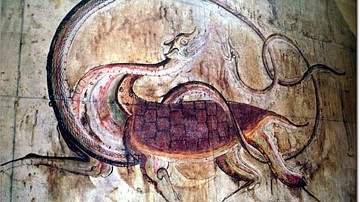
Definition
Ancient Pyongyang
Pyongyang (aka Pyeongyang) was the capital of several successive ancient Korean kingdoms. Located on the Daedong River in the north of the peninsula, the site was chosen by the legendary Dangun (Tangun), founder of the first Korean state...

Image
Spanish Conquest & Exploration in North America in the 16th century
A map illustrating Spain’s drive to expand its empire following the 1492 Reconquista of the Iberian Peninsula and Columbus's discovery of America. Inspired by tales of land and instant riches, thousands flocked to the New World with hopes...

Image
The Phoenician Expansion c. 11th to 6th centuries BCE
A map illustrating the expansion of the Phoenicians, including the trade routes and process of Phoenician colonization, from its origins in the Levant region of the eastern Mediterranean, until its height when it spanned from Cyprus to the...
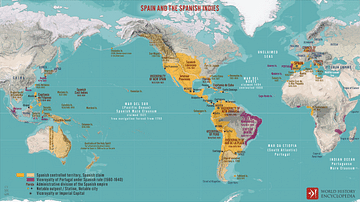
Image
Spain and the Spanish Indies
A map illustrating one of the most significant processes of the early modern period - the rise and decline of Spain between the late fifteenth and the late seventeenth centuries. From a patchwork of kingdoms in the north of the Iberian peninsula...
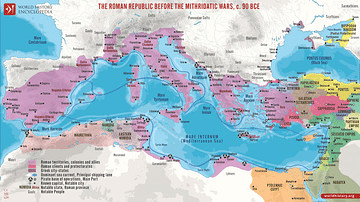
Image
The Roman Republic before the Mithridatic Wars, c. 90 BCE
A map illustrating the geopolitical landscape in the Mediterranean on the eve of the Mithridatic Wars (88 - 63 BCE). The aftermath of the Punic Wars had left Rome the dominant power in the Mediterranean - with Roman rule extending from the...
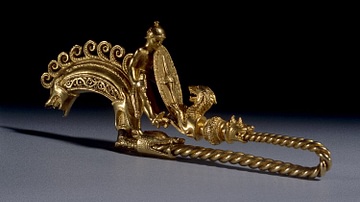
Image
Braganza Brooch
A 3rd Century BCE gold fibula depicting a Celtic warrior. A Celtic warrior with a sword, oval shield, and pointed helmet is depicted defending himself from a dog which is jumping on him, two other dog heads are on each end of the fibula...
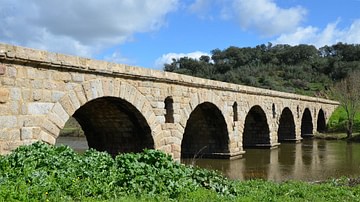
Image
Roman Bridge, Ponte da Vila Formosa, Portugal
Ponte da Vila Formosa in Portugal, a 116 meter long Roman bridge spanning over the river Seda. This bridge, dating to the late 1st century / early 2nd century CE, is one of the best-preserved bridges throughout the Iberian Peninsula. It was...

Image
Verrco Sculpture from Ancient Iberia
This verraco of a pig is made of granite and dates from the 3rd-1st century BCE. It was created by members of the Vettonian culture of ancient Iberia and was found in the Spanish province of Ávila. Verracos were sculptures of male beasts...